White fish fillet with lemon-caper sauce
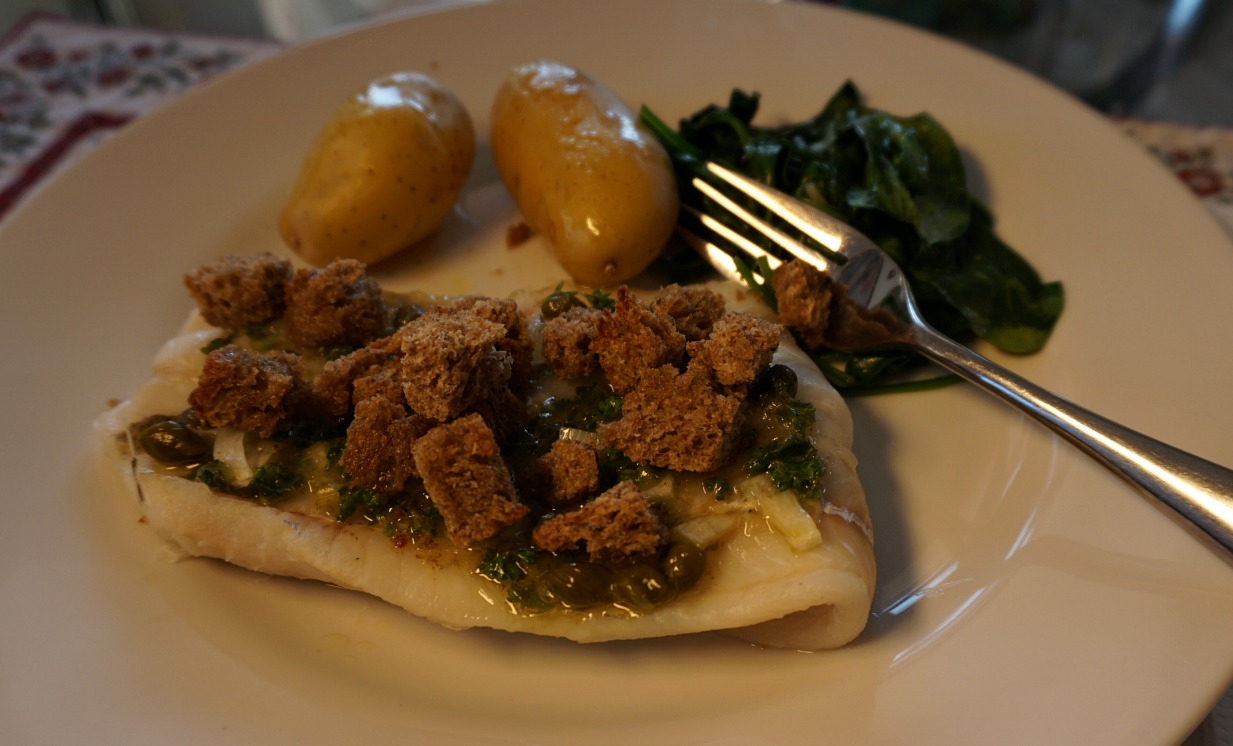
Raie au Câpres, skate with lemon-caper sauce and croutons, is a typical Parisian bistro dish. The following recipe is inspired by a dish cooked on the French TV’s Télé Matin.
As we seldom find skate in our shops in Nice, I have replaced it with pollock or whiting fillets. Any thin white fish fillet, which is not so tasty in itself, is suitable for this recipe. There is plenty of taste in the lemon-caper sauce! Skate wings are normally fried in butter, but I prefer to bake thin white fish fillets gently in the oven. You cannot fail white fish fillets by baking in the oven; about ten minutes in 200° C!
2 servings
2 thin fillets of white fish, such as pollock or whiting
3 tbsp. olive oil
2 tsp. capers
1 lemon, peeled and finely chopped
Freshly ground black pepper
Parsley
Croutons
Butter
Start by making the croutons. Preheat the oven to 200° C. Cut some bread, preferably whole wheat, into cubes and mix these with 1 tbsp. olive oil in a bowl. Line an ovenproof dish with baking paper and arrange the bread cubes in one layer on it. Bake for 5- 10 minutes until the cubes are golden. Set aside.
Generously butter an ovenproof dish and place the fish fillets in it. Transfer to the oven and bake for 10 minutes.
Meanwhile make the lemon- caper sauce. Warm 2 tbsp. olive oil in a small casserole over low heat. Peel the lemon and cut into small cubes. Add to the casserole together with the capers, black pepper and some chopped parsley. Warm gently over low heat.
While the fish is cooking in the oven and the lemon-caper sauce is warming in the casserole, wilt some spinach in a large casserole and microwave new potatoes.
When the fish is done, divide it on the plates and pour over the lemon- caper sauce. Decorate with croutons and serve with the spinach and new potatoes.









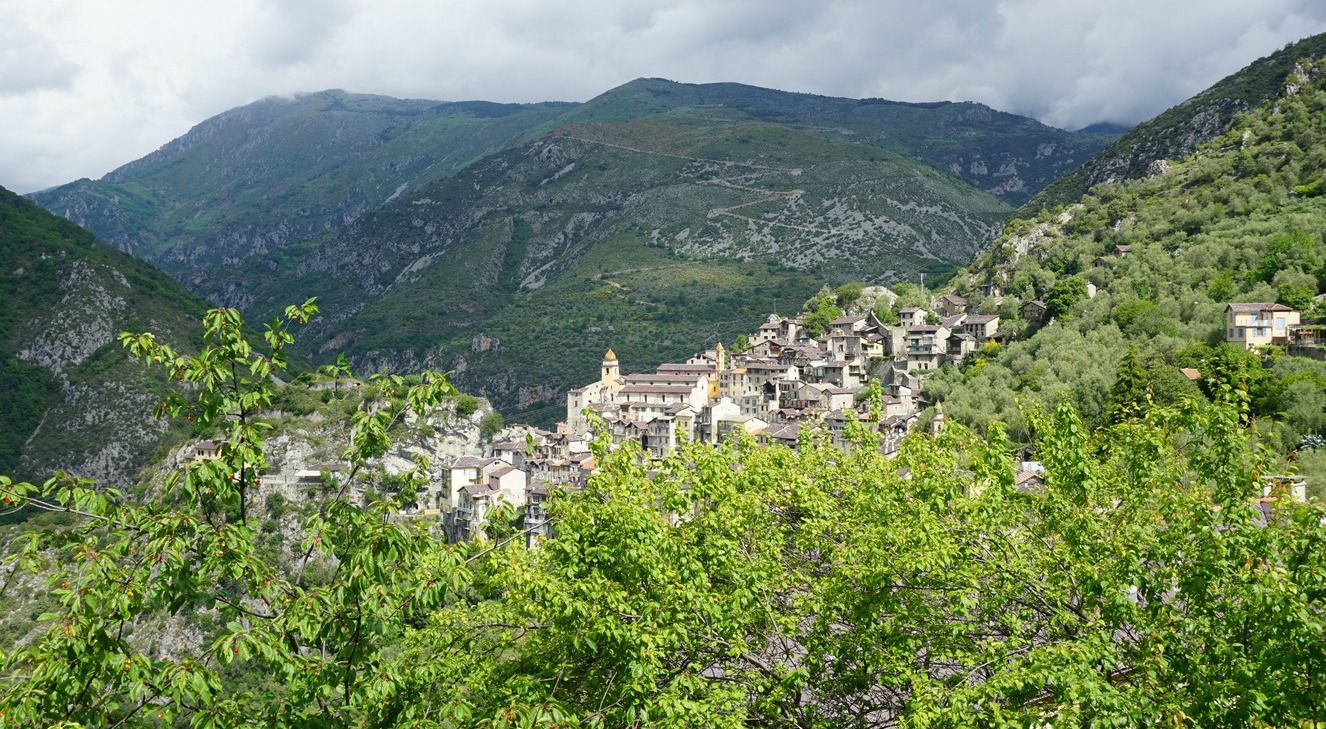




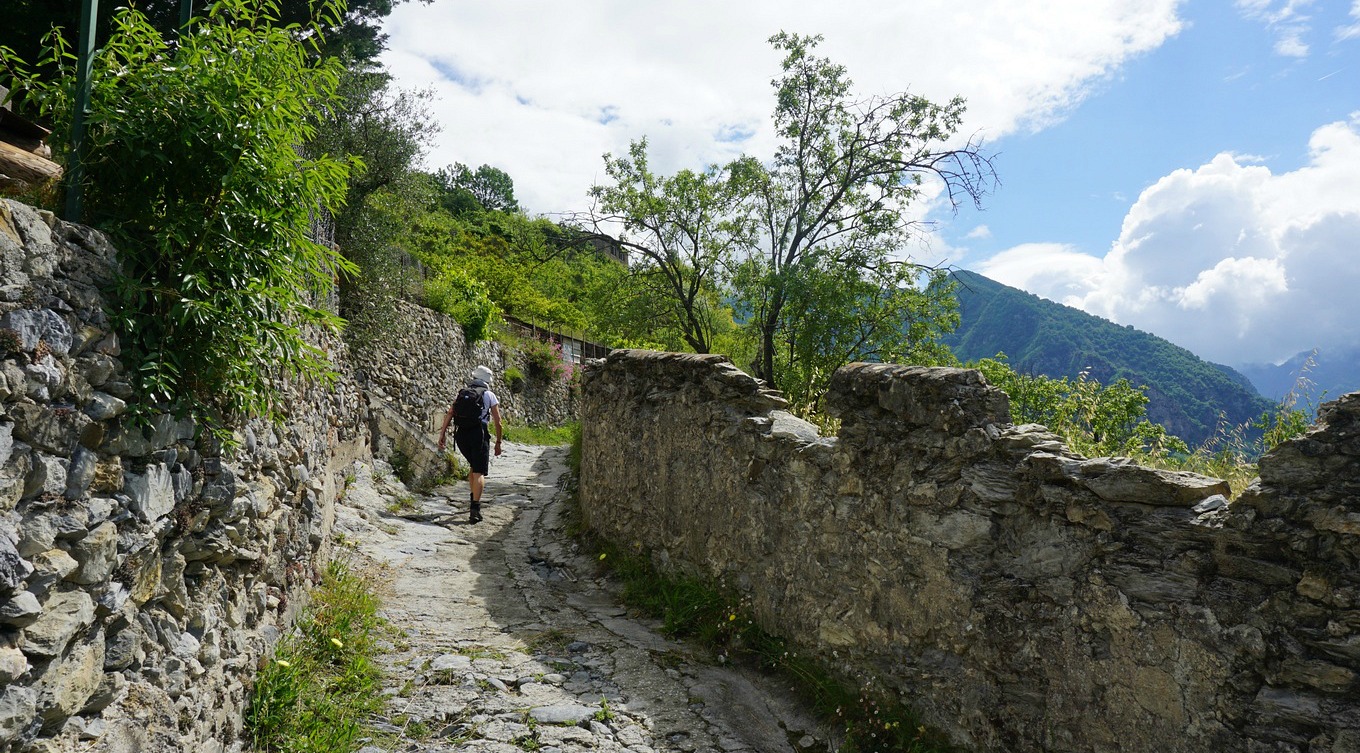





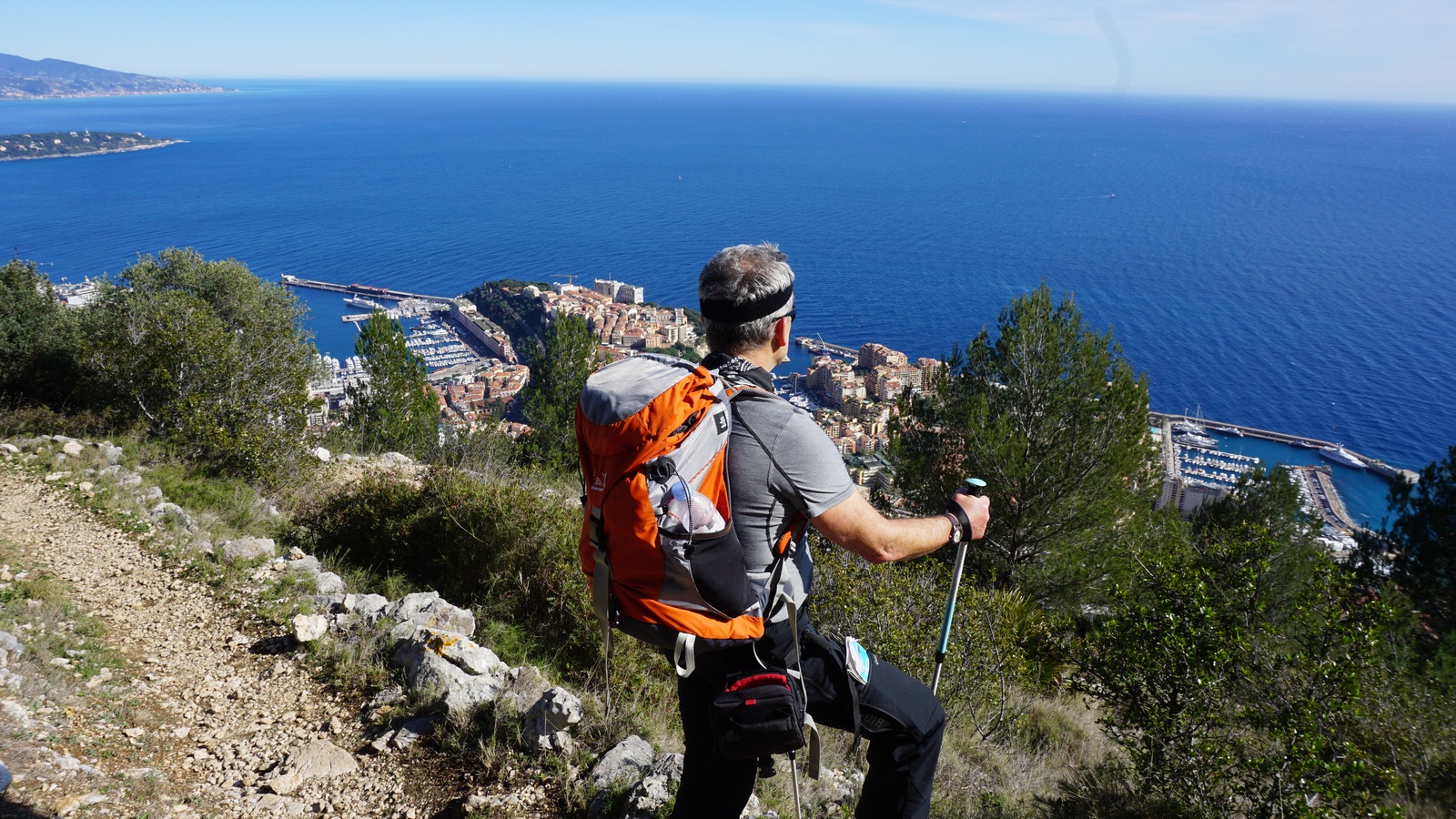



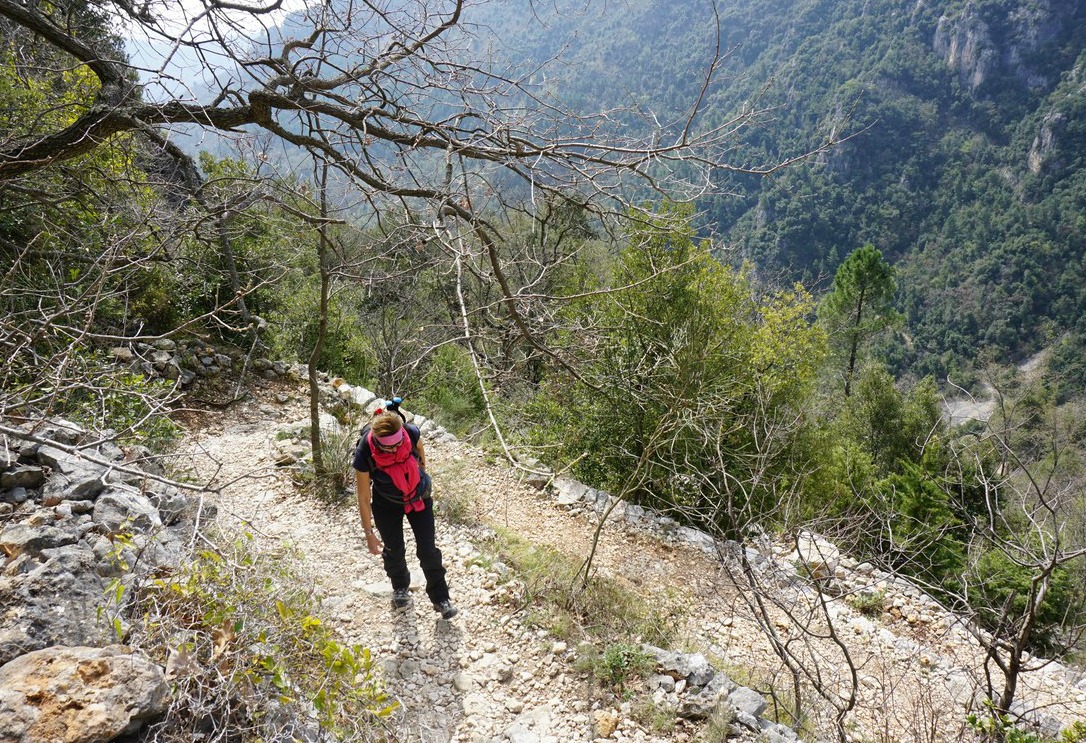
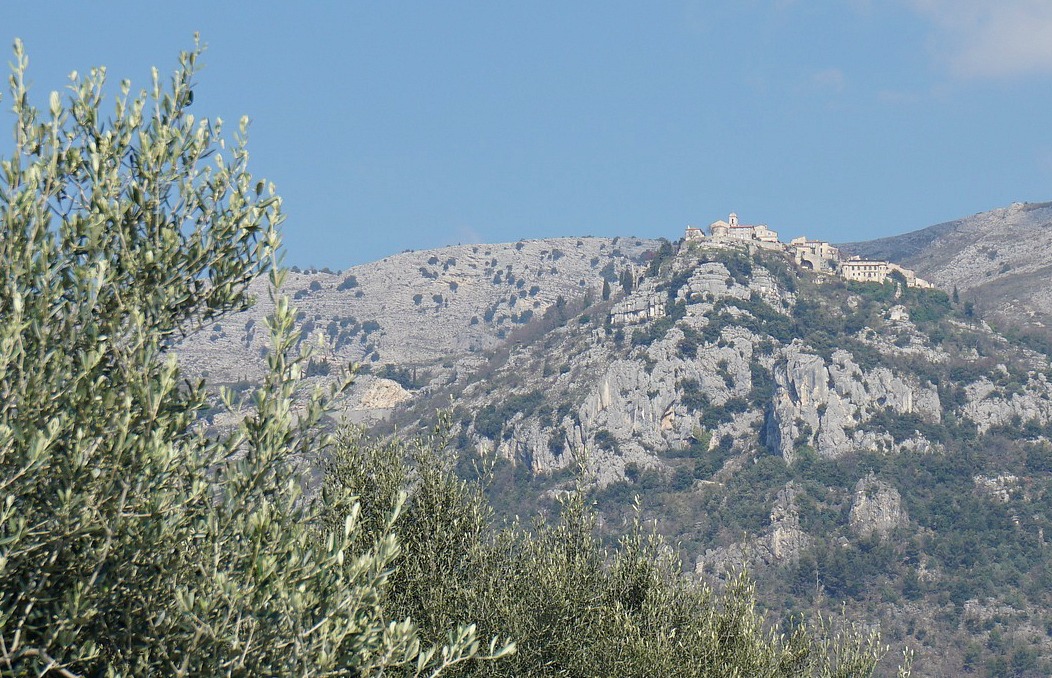

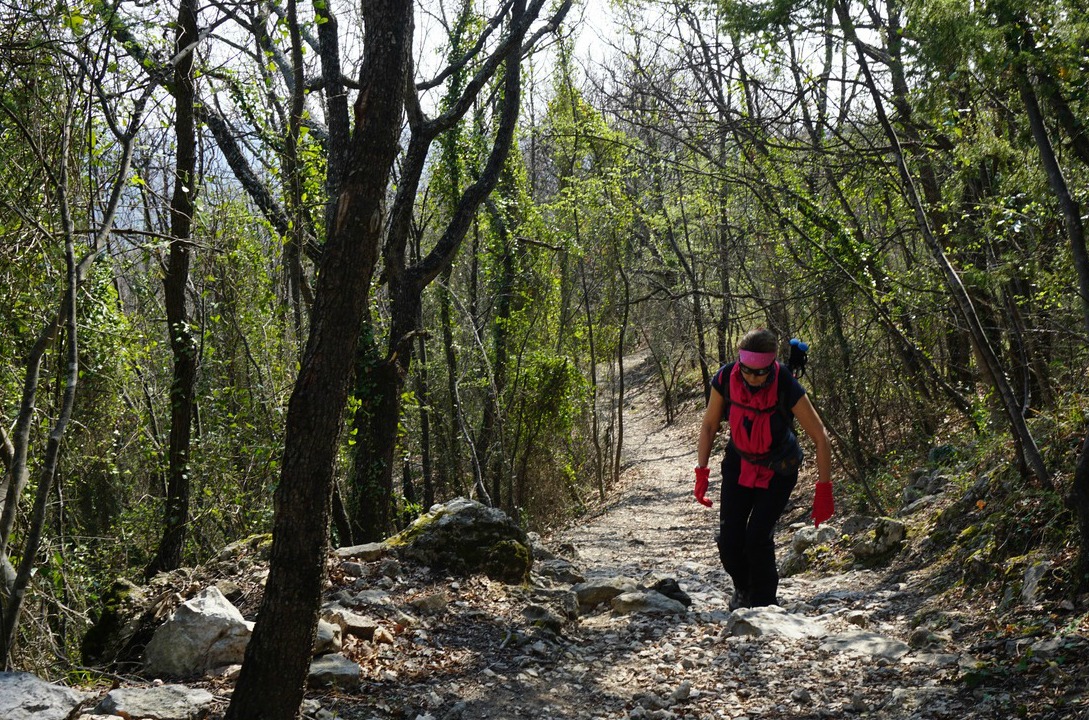

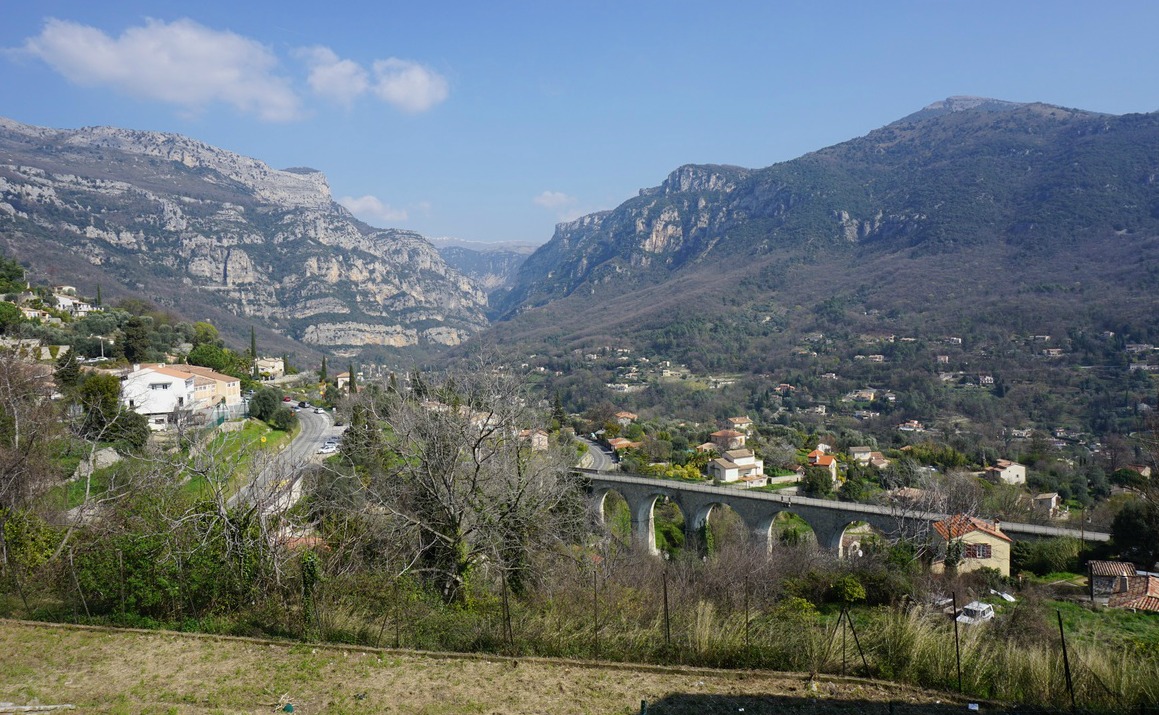
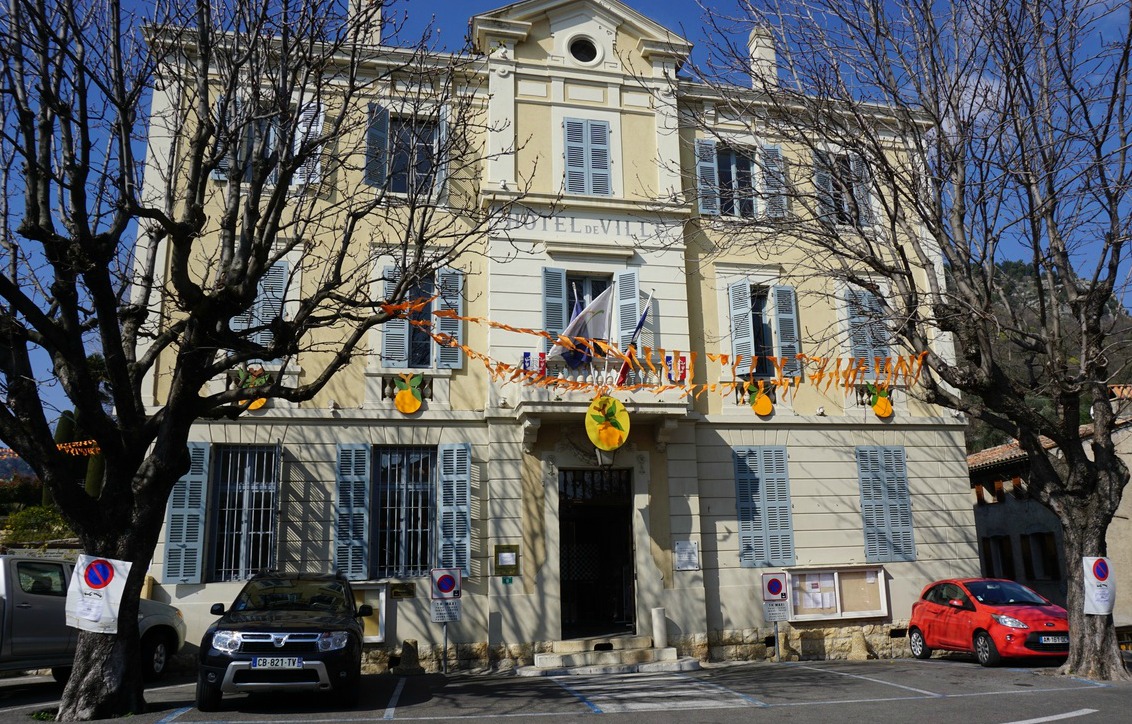

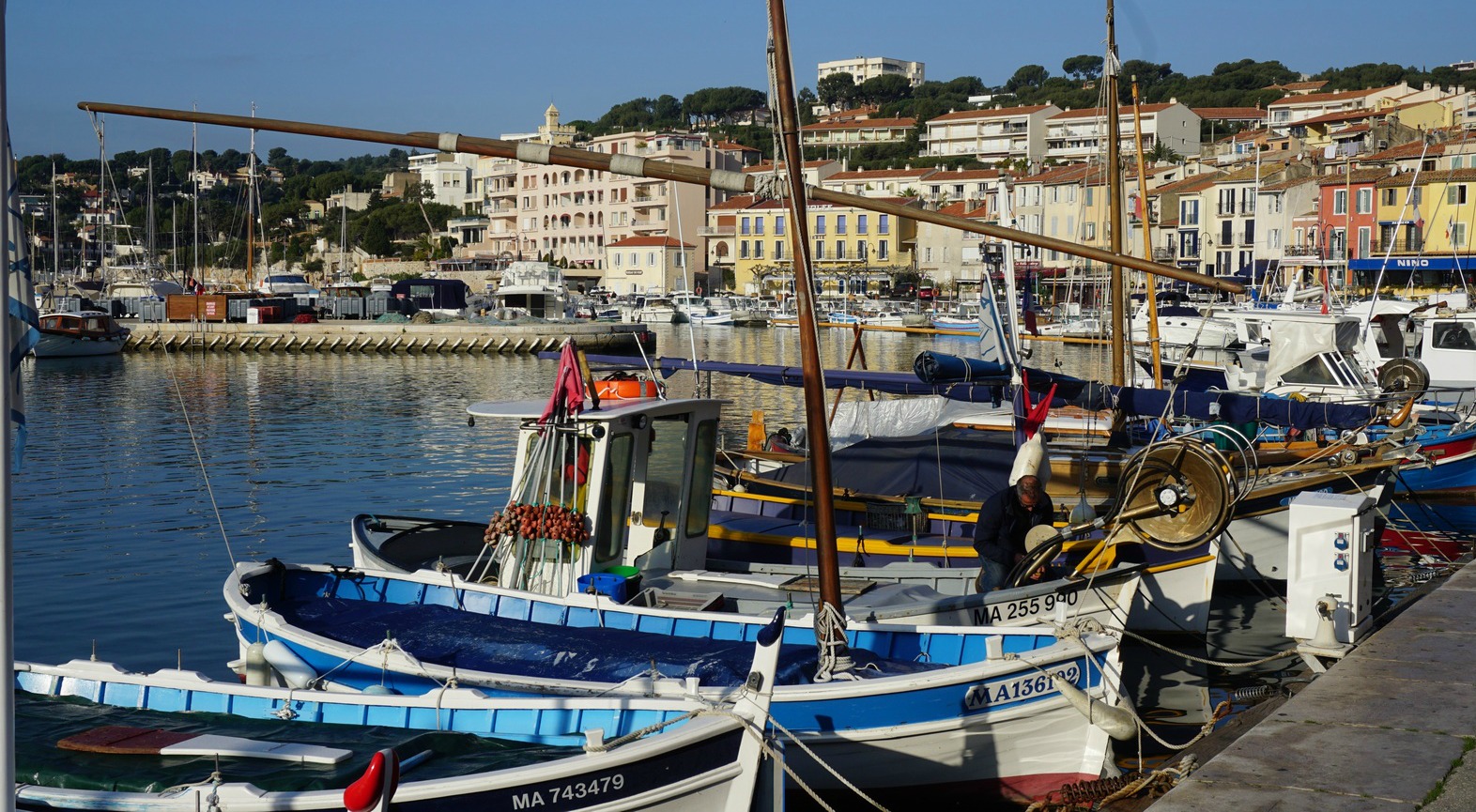

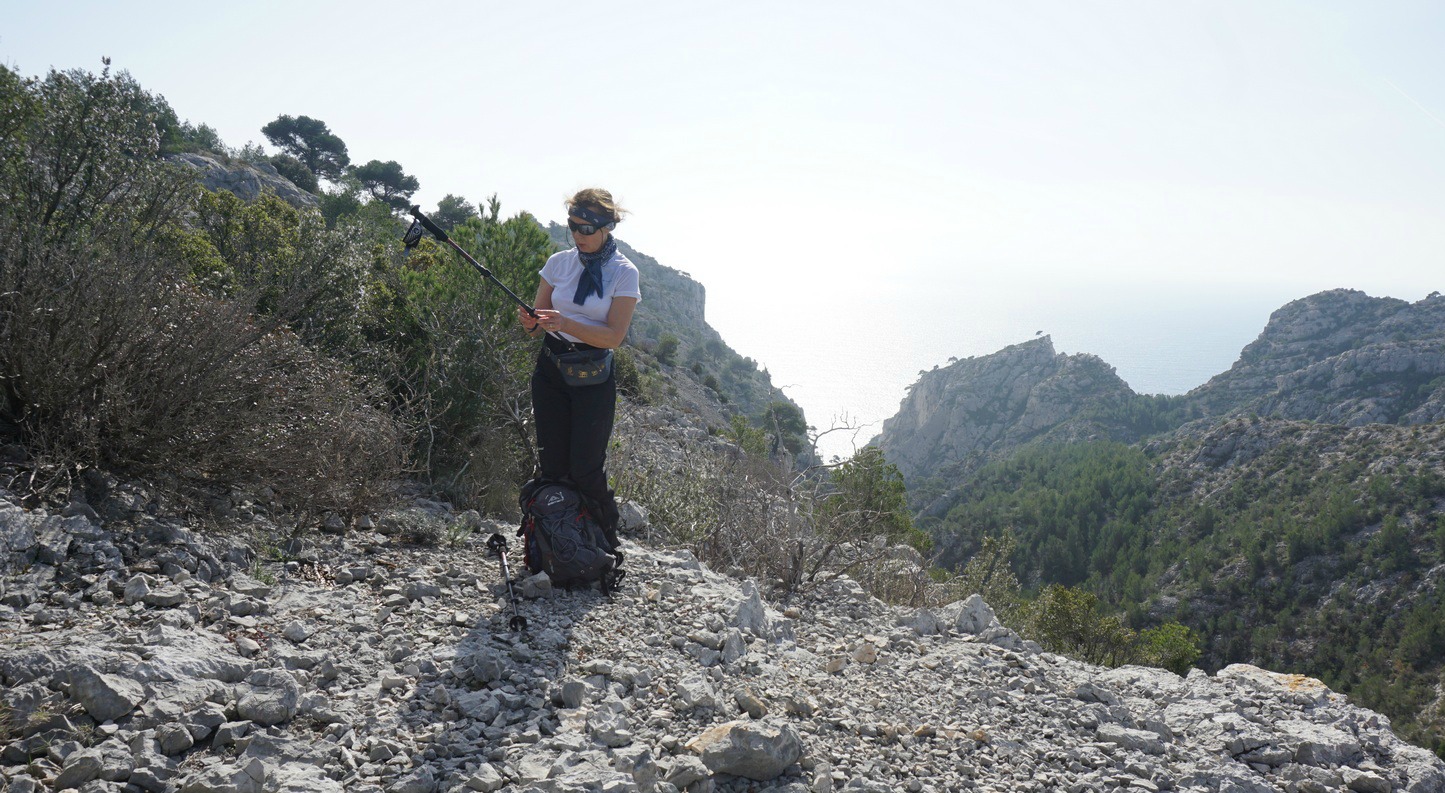

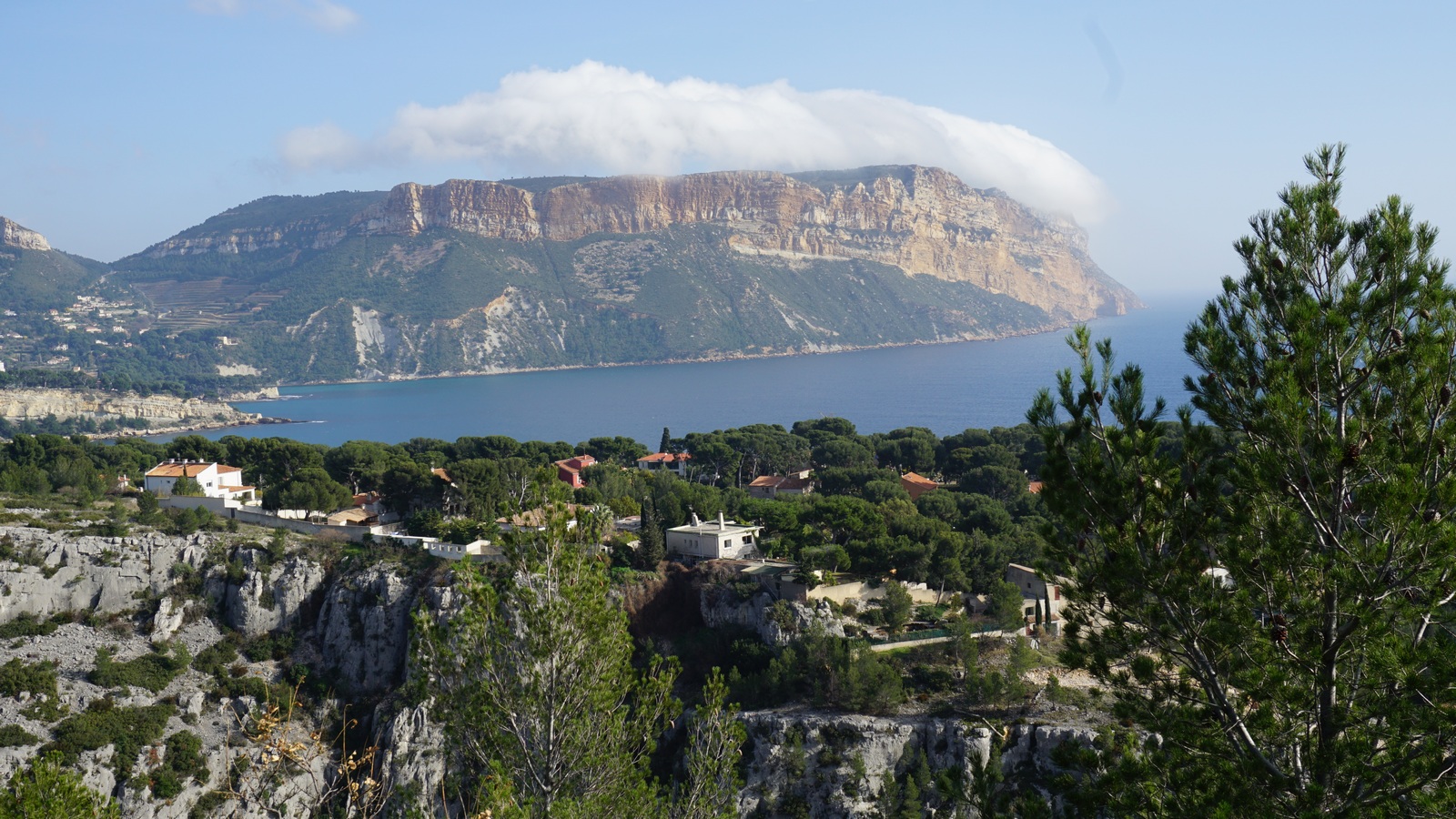





0 comments:
Note: only a member of this blog may post a comment.